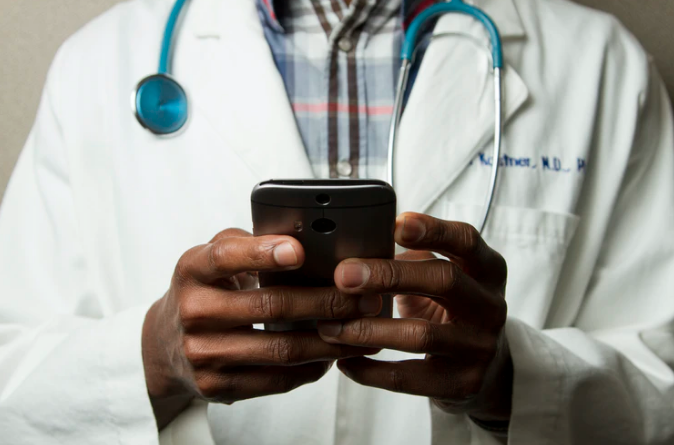If you are a doctor and you are currently considering launching a remote patient monitoring program at your practice, then here’s one important factor to consider making note of that may help to influence your decision: this type of program can cost approximately $1,500 per year per patient as opposed to a single hospital admission, which can cost upwards of thousands of dollars.
Remote patient monitoring involves collecting data from patients and receiving it at a physician’s practice in a remote manner. Some of the data that can be collected includes the following:
*Weight
*General activity level
*Blood pressure
*Respiration
*Blood-glucose levels
Many experts view this type of program as a more passive approach to monitoring, meaning that a physician will not be notified in the event that the heart rate of a patient were to rapidly increase. Instead, the practice would end up dispatching a nurse to monitor the patients’ vital signs on a daily basis via the use of a dashboard.
Here are four of the most important things to make note of prior to launching your own remote patient monitoring program at your practice.
Timing
It’s always important that you select the right time to launch the program itself. For instance, after a patient has been hospitalized, this could be the perfect time to use remote patient monitoring. The overall goal is to prevent the patient themselves from having to go back to the hospital with the same condition that made them have to go there in the first place. Studies show that approximately 20% of patients who are admitted to the hospital for COPD end up getting readmitted within the span of 30 days.
Start Small
It’s also a good idea that when launching a remote patient monitoring program that you start as small as possible. For example, consider engaging with a physician that will own the program and be excited in regards to being able to improve outcomes using the program itself. The physician will also be able to help with overcoming any issues that the remote patient monitoring program may end up experiencing prior to it being officially launched to all other clinicians who work for the practice.
Choose Your Structure
When it comes to using a remote patient monitoring program, it’s important to note that you will be able to either insource or outsource. Practices will be able to make the sole decision on which one to utilize, as well as to do so with either some or all of the remote patient monitoring and billing that is associated with the monitoring itself.
User-friendly
In terms of remote patient monitoring, it’s equally as important to ensure that you select devices that are both easy to use and user-friendly. For instance, there are vendors who are able to provide patients with a total of eight small devices that are able to be work inside their underwear. The devices themselves do not need to be recharged in any way, and they are also completely safe to be placed in a washing machine. Essentially, this means that a patient will not have to worry about remembering to access the device whatsoever, which results in an increased amount of compliance.
Thank you for visiting the Quick Claimers blog, an online medical billing company el paso. If you are looking for a better way to do billing contact us today!

